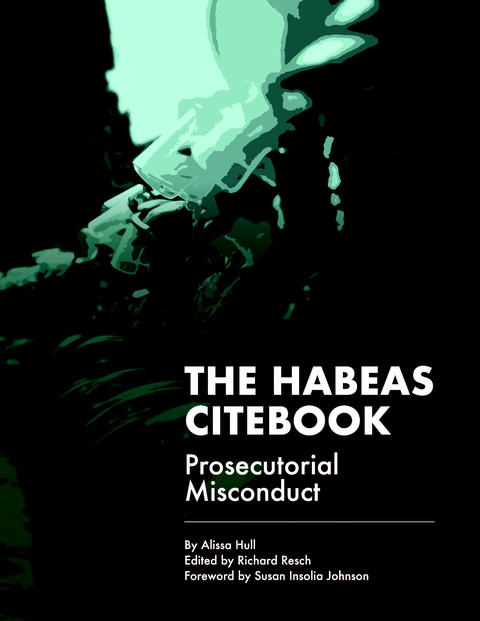Forensic Re-creations of Police Abuse and Landmark Settlements Thanks to That Cell Phone in Your Pocket
by Jordan Arizmendi
Chances are, if you are reading this article, you are well acquainted with the ways in which technology, like facial recognition and cell phone location tracking, strip away our civil liberties and provide law enforcement with enormous and unjust advantages. However, the scales of technology work both ways. Several massive settlements have been reached, based on forensic reconstruction of events from video footage, forcing cities to pay millions of dollars to protestors.
For example, the city of Philadelphia recently agreed to pay more than $9.25 million to 300 protestors for injuries inflicted by police during protests from 2020. In another massive settlement, New York City and the New York Police Department have also agreed to pay $7 million to protestors who were arrested and beaten in a demonstration several years ago.
Both of these cases would certainly not have resulted in such large settlements had it not been for the video footage that chronicled the police abuse. When a police officer attempts to quell a protest, each protestor today is recording the events. Thus, gone are the days when the only evidence presented to a judge is the protestor’s word against that of the police.
Sadly, like most social injustices, money is the one thing that ultimately causes people to start respecting someone else’s rights. Without fail, law enforcement will violently quash a protest, causing countless injuries and damages, without any internal reprimands or disciplinary action, unless forced to by outside pressure. Now that such protests are resulting in multi-million-dollar settlements, perhaps these law enforcement agencies will begin to conduct their policing differently. Perhaps, instead of blindly waving a baton in the midst of a crowd of protestors, police officers will be mindful of the countless cell phones recording their action and will have to justify the use of force at a later date.
However, although these settlements are massive victories for the protestors in particular and society at large, considering that the taxpayer is the one forking over the cash, they are not as much of a check on abusive behavior by law enforcement agencies as one would hope.
Jay Aronson, the founder and director of the Center for Human Rights Science at Carnegie Mellon University said, “I don’t think all of this work is going to have as much of an impact on policing. But it does make it easier for people who have been harmed to sue to get settlements from cities and other municipalities.”
We never know when that phone in our pocket could wind up becoming the instrument to capture the next police brutality incident. If the pen is mightier than the sword, then that phone becomes the mightiest of all!
Source: theintercept.com
As a digital subscriber to Criminal Legal News, you can access full text and downloads for this and other premium content.
Already a subscriber? Login





